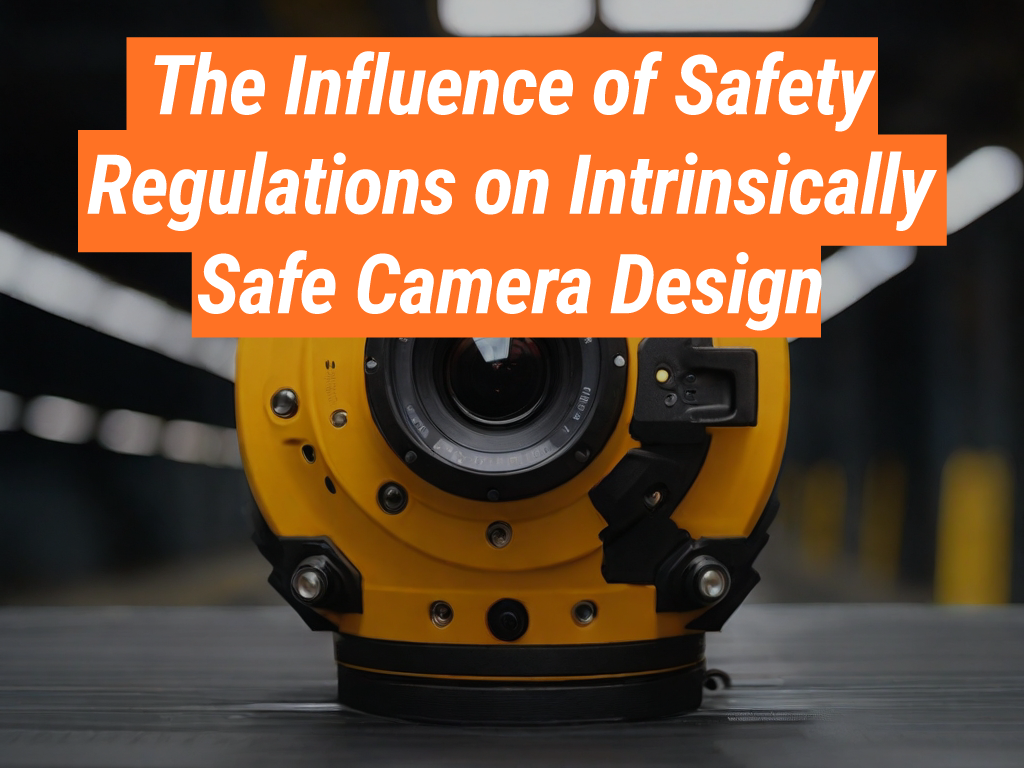As technology continues to evolve, the need for safety in hazardous environments remains a top priority. This is where companies like the Intrinsically Safe Store come into play, providing equipment designed to operate safely in potentially explosive atmospheres. One such piece of equipment is the intrinsically safe camera. In this article, we will delve into how safety regulations influence the design of these cameras. We invite you to explore our website to learn more about our range of intrinsically safe products.
Understanding Intrinsically Safe Cameras
Designers create intrinsically safe cameras to prevent ignition in hazardous environments where flammable gases, dust, or fibers may be present. They build these cameras to comply with stringent safety regulations, ensuring they do not produce a spark or sufficient heat that could ignite the surrounding atmosphere.
The Role of Safety Regulations
Safety regulations play a crucial role in the design of intrinsically safe cameras. These standards, set by bodies such as the International Electrotechnical Commission (IEC) and the European Committee for Electrotechnical Standardization (CENELEC), dictate the design parameters to ensure the safety of these devices.
Regulation Influence on Design
Regulations influence various aspects of intrinsically safe camera design, including:
- Energy Limitation: The designers must design the camera to limit the electrical and thermal energy to a level below what is required to ignite a specific hazardous atmosphere.
- Temperature Control: The camera must not reach a temperature that could ignite the surrounding atmosphere.
- Sealing and Encapsulation: We must seal or encapsulate the camera’s components to prevent the ingress of hazardous substances.
Case Study: The Impact of Regulations on Camera Design
 An epitome of safety-regulation-driven design is embodied in the Bartec Pixavi Cam. Crafted for hazardous zones, it adheres to ATEX and IECEx standards, boasting features like a stainless-steel housing to prevent sparks and a temperature-controlled system for operational safety.
An epitome of safety-regulation-driven design is embodied in the Bartec Pixavi Cam. Crafted for hazardous zones, it adheres to ATEX and IECEx standards, boasting features like a stainless-steel housing to prevent sparks and a temperature-controlled system for operational safety.
Statistics Highlighting the Importance of Safety Regulations
MarketsandMarkets projects that the global market for intrinsically safe equipment will reach $3.4 billion by 2023. Stringent safety standards for hazardous areas drive this growth, underscoring the importance of these regulations in the design and development of intrinsically safe equipment such as cameras.
The Influence of Safety Regulations on Intrinsically Safe Camera Design
Safety regulations play a pivotal role in the design of intrinsically safe cameras. They dictate the design parameters to ensure these devices can operate safely in hazardous environments. As the demand for intrinsically safe equipment continues to grow, the influence of these regulations on design will only become more significant. Visit the Intrinsically Safe Store to explore our range of intrinsically safe cameras designed to meet these stringent safety regulations. For more information, feel free to contact us.


























